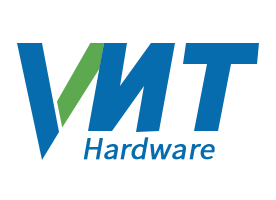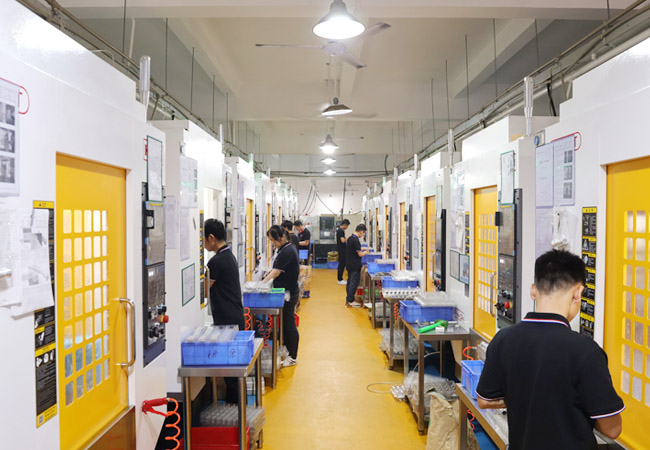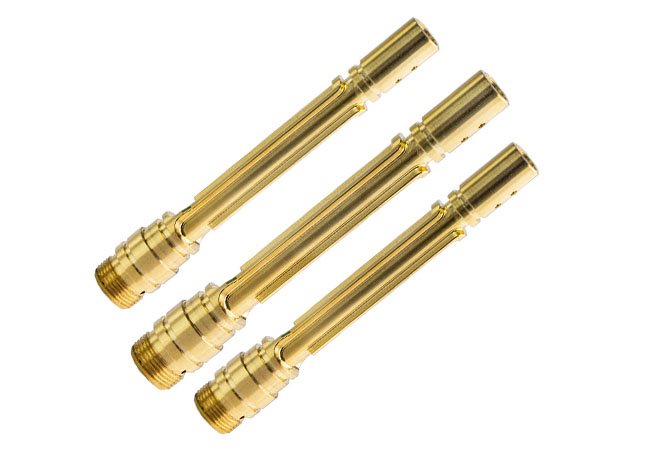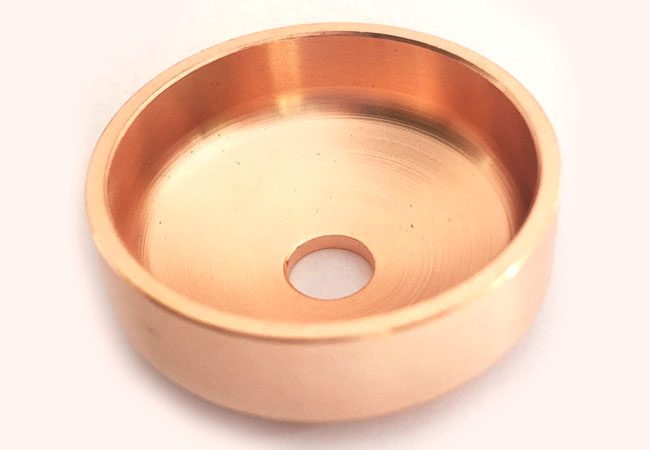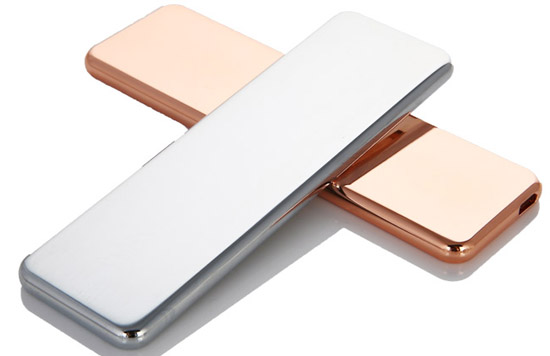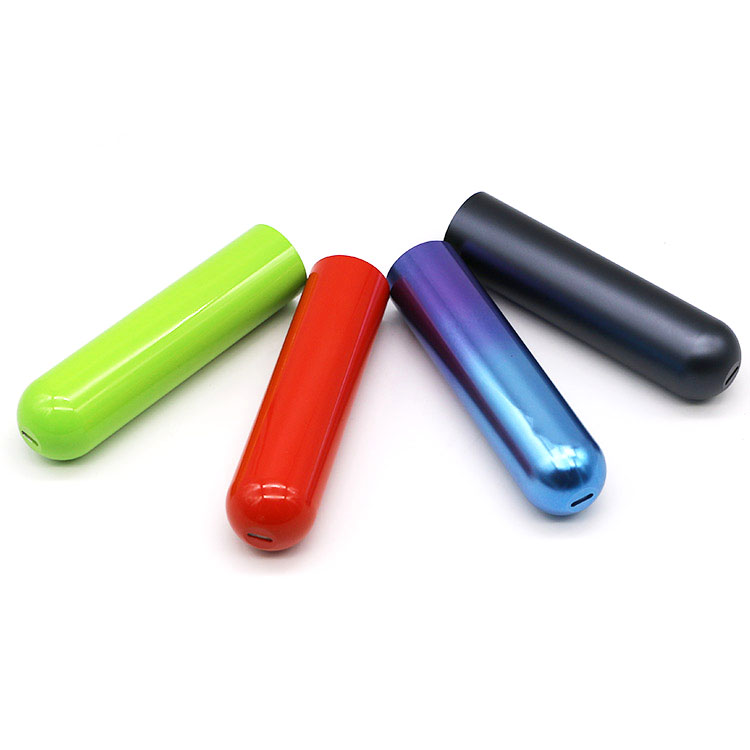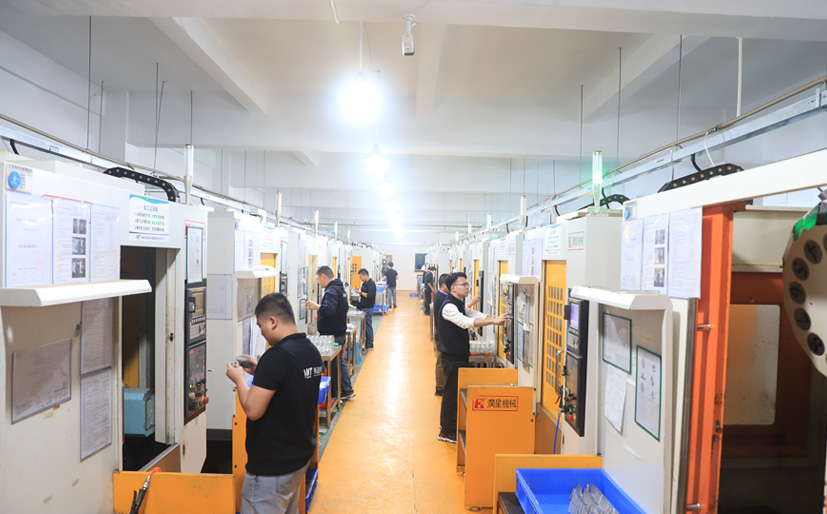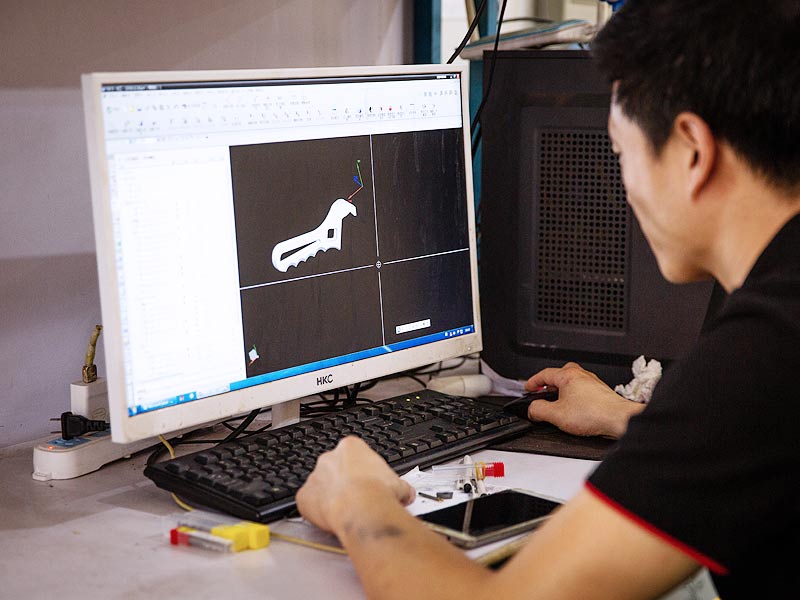VMT’s blogs aim to share our practical experience and knowledge accumulated during the manufacturing and product development process. Our goal is to use these articles to help you improve product design and increase your understanding of CNC machining, 3D printing, rapid prototyping, low-volume manufacturing, and surface treatment technologies. The information we provide is designed to provide actionable guidance and insights for your CNC machining projects.
Copper CNC Machining: Advantages, Disadvantages and Applications
Copper is a metal material with a long history. Its excellent corrosion resistance, thermal conductivity and electrical conductivity make it an important material in many applications. CNC copper machining technology, as a high-precision metal machining method, uses the characteristics of different copper materials to implement milling, drilling, turning and other processes through CNC machine tools to accurately manufacture complex and high-performance copper parts. This article will briefly discuss the various types of copper, the advantages and disadvantages of CNC copper processing and its wide application.
What is Copper CNC Machining?
Copper CNC machining is a technology that uses advanced CNC machine tools and control systems to accurately control the motion trajectory and processing parameters of machine tools through computer programming to automatically process copper materials. This machining method has the advantages of high precision, high efficiency, high quality and repeatability, and can meet the machining needs of copper parts with various complex shapes and high precision requirements.
What types of copper can be used for CNC machining?
In CNC machining, various copper types are widely used due to their unique physical and chemical properties. The following are several common copper types:
Brass:
As an alloy of copper and zinc, it is known for its good machinability, corrosion resistance and moderate hardness. Brass is divided into H59, H62, H65, H68, etc. These different brasses have different physical and mechanical properties according to the zinc content and other alloy elements. They are suitable for a variety of processing needs such as hardware accessories, valves, pipe fittings, ship corrosion-resistant parts and decorative parts.
Copper (pure copper):
It is famous for its high electrical conductivity, high thermal conductivity and good plasticity. It is often used in electrical switches, electronic parts, radiators and other occasions with high requirements for electrical conductivity and thermal conductivity.
Bronze:
As an alloy of copper and other metals, such as tin bronze, aluminum bronze, etc., it is characterized by its high strength, good wear resistance and corrosion resistance. It is suitable for manufacturing parts that require high strength and corrosion resistance, such as bearings, gears, valves, etc.
Copper Machining Technology
Copper machining technology includes a variety of efficient and diverse methods. The following are the main ones and their comprehensive characteristics and descriptions:
CNC Machining:
CNC (Computer Numerical Control) machining is known for its high precision and high efficiency. This method is suitable for small batches of copper parts with high precision requirements. It can flexibly cope with various complex designs and ensure the quality and consistency of the processed parts.
Casting Machining:
Casting is good at manufacturing copper parts with complex internal structures and large sizes, but its precision and surface quality are relatively low. By pouring molten copper into a mold and cooling it to form a copper part of the desired shape, this method has advantages in flexibility of shape and size, but subsequent machining may be required to improve precision and surface quality.
Machining:
Machining plays an important role in mass production and customized processing with its high precision and good surface quality. It includes a variety of processes such as turning, milling, and grinding. It removes excess material from copper parts by cutting or grinding to accurately achieve the required shape and size. Whether it is a part with high precision requirements or large-scale production, machining can provide reliable quality and efficiency.
Stamping Machining:
Stamping is known for its high efficiency and low cost, and is particularly suitable for mass production of copper parts with simple shapes. It uses a die to stamp copper plates or copper strips to quickly form copper parts of the required shape.
Welding Machining:
Welding is an effective means of connecting copper parts to other materials or copper parts. By melting the joint surface between copper parts and forming a strong connection after cooling, welding can achieve the construction of complex structures.
Types of Surface Finishing in Copper Machining
Surface treatment after CNC machining is a key step to improve the performance and appearance of copper parts, mainly including the following methods:
Electrolytic polishing:
By utilizing electrolysis, electric current is passed through a specific electrolyte to remove tiny unevenness and material layers on the surface of the copper parts, making the surface of the copper parts smooth and delicate with a high gloss, thereby improving the overall aesthetics.
Plating:
Through electrolytic deposition, a layer of other metals (such as nickel, chromium, gold, etc.) is plated on the surface of copper parts. This process not only enhances the corrosion resistance of copper parts, but also gives them richer colors and textures, significantly improving the decorativeness and functionality of copper parts.
Anodizing:
Although pure copper is not easy to be anodized directly, some copper alloys or specially treated copper parts can form a dense oxide layer on the surface through a similar electrochemical process. This oxide layer not only improves the hardness, wear resistance and corrosion resistance of the copper parts, but also may give them a specific color or texture, further increasing their aesthetics. It should be noted that the anodizing mentioned here is for specific situations and is not applicable to all copper parts.
What are the Advantages and Disadvantages of CNC Copper Parts?
Advantages of Copper CNC Machining
High precision and complexity: CNC machining uses advanced numerical control systems, which can achieve micron-level precision control of copper materials. Whether it is complex curved surfaces, fine holes or tiny grooves, they can be achieved through precise programming and precise execution of machine tools. This high-precision processing capability provides a strong guarantee for the application of copper materials in precision instruments, electronic products and other fields.
High efficiency: Compared with traditional manual or semi-automatic processing methods, CNC processing realizes automatic control of the entire process. Once the program is set, the machine tool can perform processing operations continuously without manual intervention. This highly efficient production model not only shortens the production cycle, but also reduces labor intensity and improves overall production efficiency.
High material utilization: CNC machining uses precise programming and path planning technology to minimize material waste. During the machining process, the machine tool can accurately cut according to the preset path to ensure that every piece of copper can be fully utilized, which can reduce production costs.
Disadvantages of Copper CNC Machining
High equipment cost: CNC processing equipment is usually expensive and requires professional technicians to program and operate. This may be a considerable investment for small and medium-sized enterprises. In addition, the maintenance and upkeep of the equipment also requires a certain amount of money and time investment.
High technical threshold: The complexity and professionalism of CNC machining technology make its learning curve steeper. Programmers need to have certain computer knowledge and mechanical processing knowledge to be competent for the job.
Processing limitations: Although CNC processing technology is highly flexible and adaptable, there are still processing limitations in some special cases. For example, for copper parts with extra-large sizes or special shapes, other processing methods or multiple clamping may be required to complete the processing task.
Cost-Saving Design Techniques For Copper CNC Machining
In copper CNC machining, costs can be saved by following design tips:
Optimize Design Solutions:
Consider processing feasibility and cost-effectiveness during the design phase to avoid unnecessary complex structures and processing requirements.
Choose the Appropriate Machining Method:
Choose the appropriate processing method according to the specific requirements of the copper parts. For example, for mass production, stamping can be selected to reduce costs.
Reasonable Use of Materials:
Reasonable use of materials during the processing to reduce scrap generation and waste.
Regularly Maintain and Service Equipment:
Keeping equipment in good condition can reduce failures and downtime, improve production efficiency and reduce maintenance costs.
Application of CNC Copper Machining
Electronics and Electrical:
In the electronics industry, copper is widely used in the manufacture of circuit boards, connectors, heat sinks and other components due to its good conductivity. CNC processing technology can achieve high-precision processing and mass production of these components to meet the strict requirements of electronic products for performance and quality.
Automobile and Transportation:
CNC machining technology can produce copper parts that meet the requirements, such as engine parts, brake system components, etc., to ensure the safety and reliability of the car. In addition, in the field of new energy vehicles such as electric vehicles, copper also plays an important role in the manufacture of components such as battery connectors and thermal management systems.
Architecture and Decoration:
In the field of architecture and decoration, copper is highly favored for its unique texture and beauty. CNC processing technology can achieve fine processing and personalized customization of copper materials, such as copper doors, copper windows, copper sculptures and other high-end decorations.
Medical:
In the medical field, copper is widely used in the manufacture of medical devices and implants due to its good biocompatibility and antibacterial properties. These properties ensure the safety and effectiveness of medical equipment, help prevent infection, and promote patient recovery. From simple medical devices to complex implants, copper has demonstrated its unique value.
In conclusion
Copper CNC machining is a delicate and important process that requires a deep understanding of copper materials. Copper excels in many applications due to its unique physical and chemical properties. Through precise machining techniques and a variety of surface treatments, CNC copper parts can adapt to a variety of different application scenarios.
Choose VMT and you will receive personalized engineering support. Our engineers will work closely to provide structural design optimization suggestions for your copper CNC machining project and assist you in selecting the most suitable machining technology to meet your production needs. We focus on efficiency and cost control, providing efficient production processes at reasonable prices and ensuring timely delivery.
Frequently Asked Questions About Copper CNC Machining
How to improve the productivity of CNC machining of copper parts?
Methods to improve the productivity of CNC machining of copper parts include: optimizing tool selection and cutting parameters, using efficient programming technology to reduce idle stroke; selecting high-performance CNC machine tools and performing regular maintenance; strengthening technical personnel training and implementing strict operating procedures; and controlling machining temperature and keeping the environment clean to improve overall production efficiency and machining quality.
Is Copper Easy to Machining?
Copper is a relatively easy-to-process metal material. It has good flexibility, toughness and corrosion resistance, making it less likely to break during machining. Copper can be machined by a variety of methods, such as cold working (stretching, shearing, etc.), hot working (forging, hammering, etc.) and die casting. However, the ductility and plasticity of copper also make it easy to deform under high cutting forces, so the cutting parameters and process conditions need to be controlled during machining.
Is Copper Easy to Mmill?
The ease of milling copper is affected by material type, machining conditions, tool selection and machine tool performance. While copper is relatively easy to machine under appropriate conditions due to its good machinability and electrical and thermal conductivity, its high ductility and plasticity also poses deformation and chip-handling challenges. In order to optimize the machining effect, it is necessary to select appropriate tools, control cutting parameters, and adopt a good lubrication system to meet these challenges and ensure the smooth progress of the milling machine.
